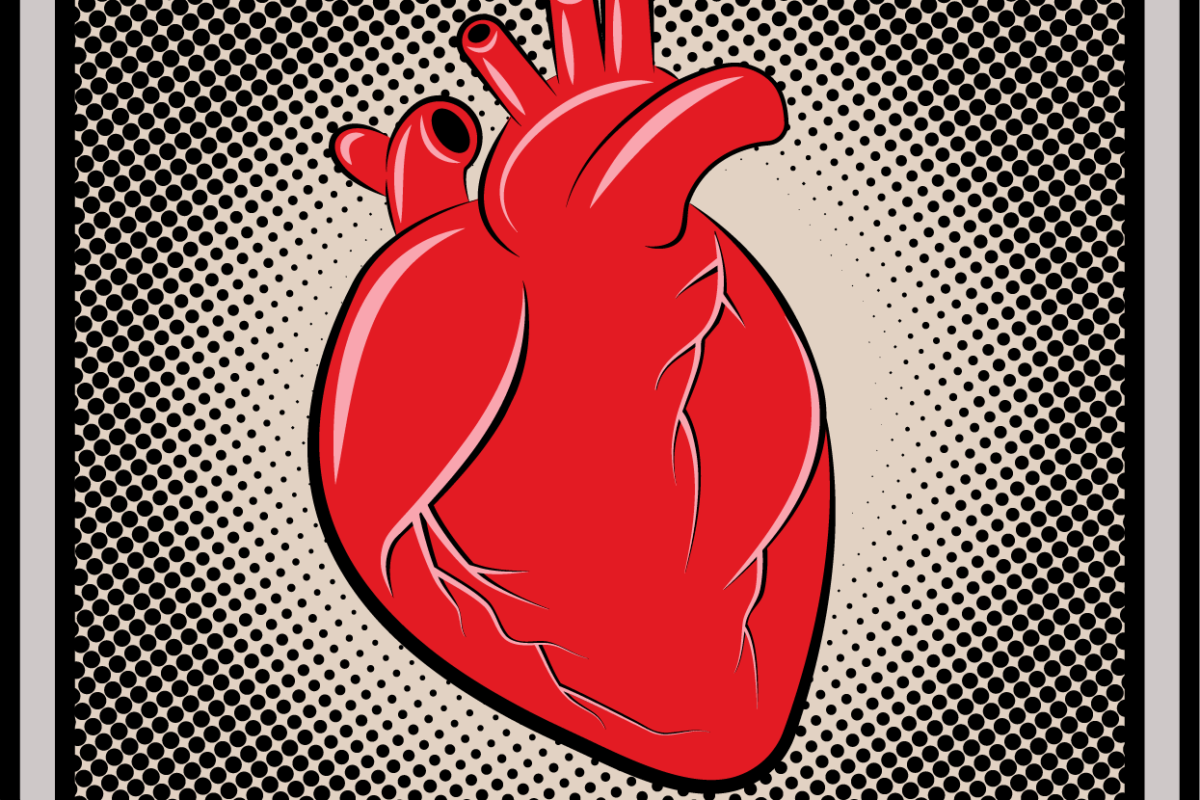
Hearts are tough organs. Over the course of a lifetime, they beat ever second of every day, keeping the entire body nourished with life-giving blood. But, even with all that stamina, heart tissue lacks the ability to regenerate after significant trauma like a heart attack.
There are some heart cells that do have the ability to regrow — epicardial cells. These cells regenerate easily during early embryonic development. In adults, they regrow in much more limited ways. But, what if these cells could be coaxed to regrow in adults?
Young at Heart
That’s the topic being probed by USC researchers in a new paper, published in the journal Cell Reports. “We wanted to understand the characters of these cells, so eventually we can unlock their regenerative powers and regain the ability to contribute to injury repair by creating new tissues,” said Jian Xu, assistant professor at the Herman Ostrow School of Dentistry of USC, who co-authored the new research.
Epicardial cells, she explains, are like little kids: they don’t yet know what they want to be when they grow up. But as they develop, they can choose to go into different lines of work. Some go into construction, laying down the building blocks where contracting cells will work, making the heart pump blood. Others become vascular smooth muscle cells or pericytes of coronary vessels, which create giant highways that become arteries or veins to carry large amounts of blood — in the case of vascular smooth cells — or design small roads that go around neighborhoods, in the case of pericytes.
Finding Purpose
In the study, the team explored the role of a protein called PRMT1 – an enzyme necessary for head and palate development, as well as epicardial cells. The enzyme is needed for the cells to penetrate into the heart and form the different cell types that do different jobs. When the researchers used a genetic model to delete the protein in the epicardial cells of mice hearts, then the epicardial cells cannot move into the heart well — and the heart’s muscles and vessel formation was disrupted.
They were also interested to know when these cells decide their line of work: Do they enter the heart first, or is their job predetermined? They used single-cell RNA analysis and found that, even at early phases, many of them already had a determined fate, based on their gene expression. “Some cells are already determined to be construction workers — so that’s another interesting finding,” Xu said.
Levels of the enzyme PRMT1 are much lower in adults than in developing hearts, so the researchers hope it could be possible to give adult cells more PRMT1, so they could regenerate better after an injury. They could also harness the cells that are going to become “roadway and highway makers” to boost specific parts of hearts, like vessel formation.
Head and Heart
“We are very proud of this study that highlights the important role of epigenetic regulation of cardiac development,” said Associate Dean of Research Yang Chai, who co-authored the research. “It is also a story of successful collaboration among faculty from different schools in our innovative research program.”
It might seem odd that dental school researchers are discovering new information about the heart, but the PRMT1 enzyme has applications in both craniofacial and dental development as well as hearts — when it’s deleted in mice, they develop a cleft palate.
Understanding the pathways of the protein could lead to therapies in multiple areas. Next, Xu and the team plans to compare embryo cells and adult cells and determine if it’s possible to boost the enzyme in adult cells, giving them a better ability to grow back, she said. “Hopefully this will help us to generate potential clinical applications.”
